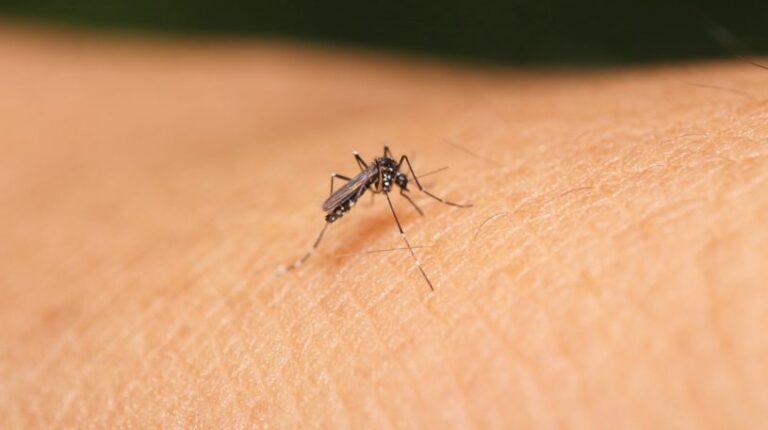Since its first detection in Brazil in March 2015, local transmission of Zika has been confirmed in all countries and territories of the Americas, with the exception of continental Chile, Uruguay, and Canada. Ten countries account for 89% of Zika cases recorded between 2014 and 2023, however, with Brazil, Colombia, and Venezuela leading the list.
Data from PAHO shows that, unlike other arboviruses such as dengue or chikungunya, which caused over 3 million and 324,000 cases respectively so far in 2023, Zika exhibits significantly lower incidence, with only 27,000 cases during the same period.
“It is essential to link surveillance for acute Zika infections and the manifestation of other neurological syndromes such as Guillain-Barre,” Thais dos Santos, Advisor on Surveillance and Control of Arboviral Neglected Diseases at PAHO said. “If we optimize this approach, we will be better prepared to fully understand the disease and take preventive measures,” she added.
“Maintaining an adequate level of monitoring is crucial to prevent future epidemics,” said dos Santos, emphasizing the importance of having accurate and abundant diagnostics in laboratories, as well as training healthcare personnel at all levels and in all phases of the disease.
“This will enable the timely detection of Zika and, in turn, the implementation of relevant and effective control measures,” the PAHO expert said.
In March 2022, WHO launched the Global Arbovirus Initiative, which aims to address mosquito, fly, and tick-borne viruses, among other emerging and re-emerging arthropods, with epidemic and pandemic potential.
“Through this initiative, we aim to develop guidelines for surveillance, clinical management and follow-up for Zika complications, as well as strengthen environmental surveillance and vector control. Risk communication, public health research and collaboration among key stakeholders are central elements in this effort,” Dr Van Kerkhove said.
pll/npg/lpn









